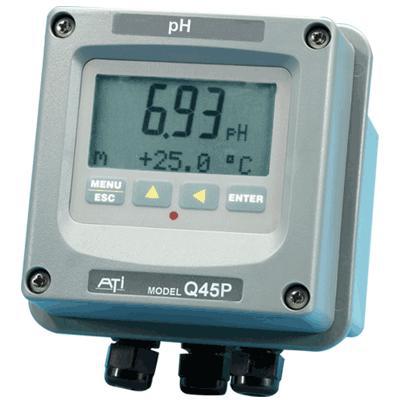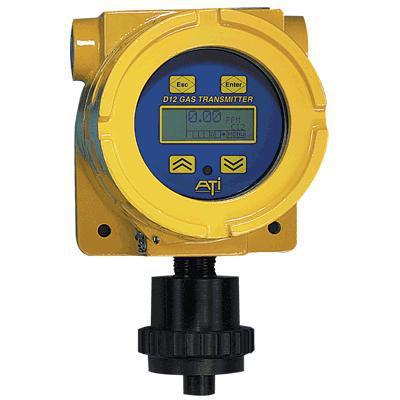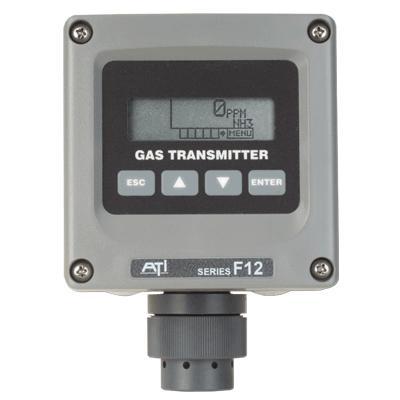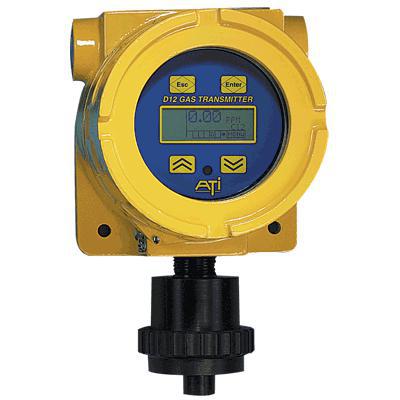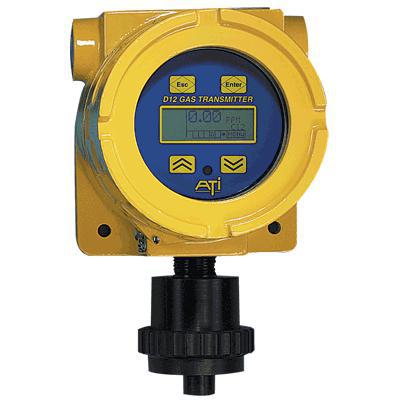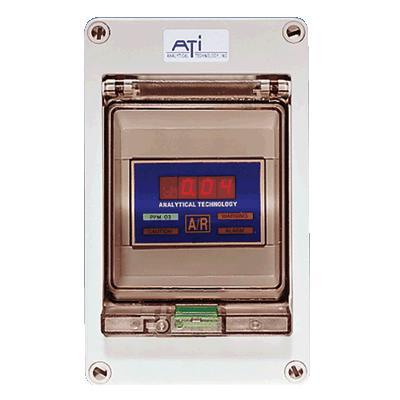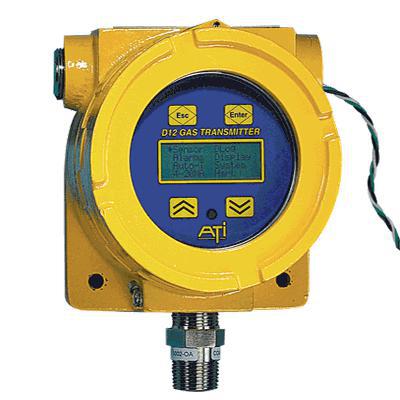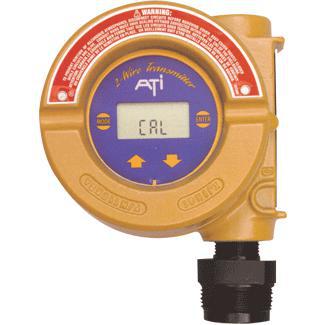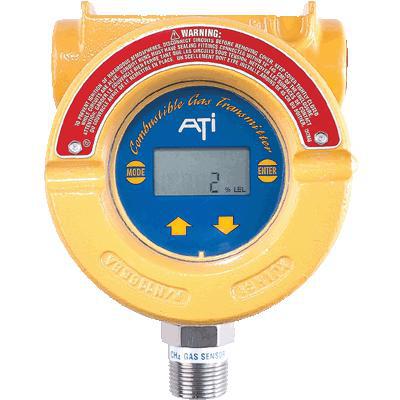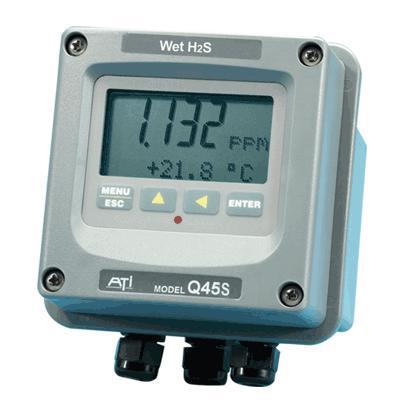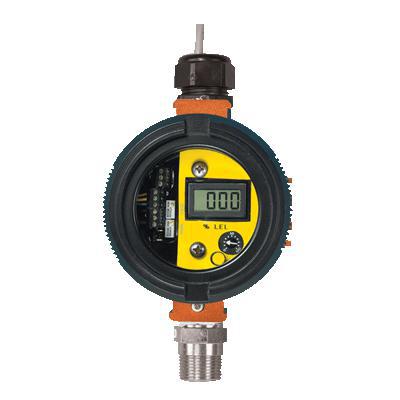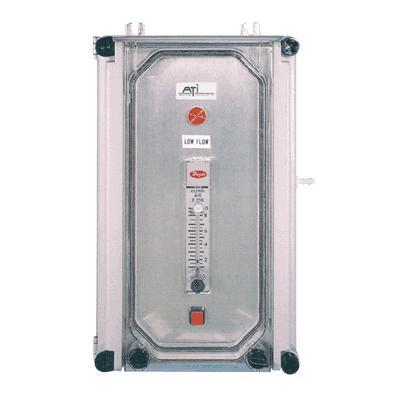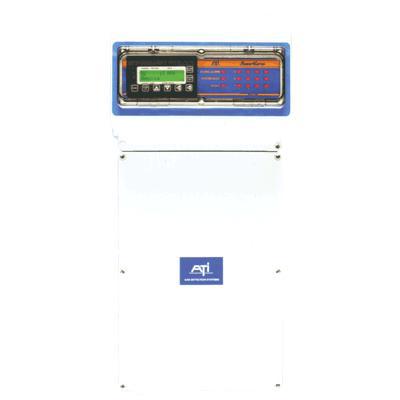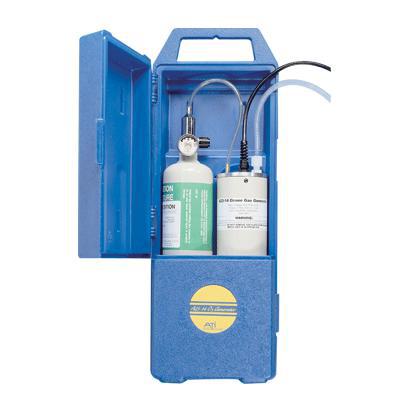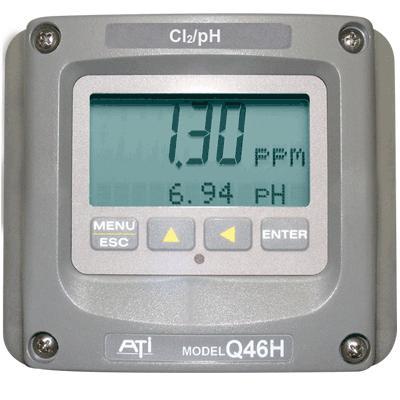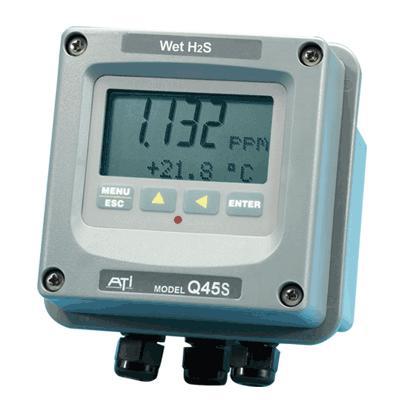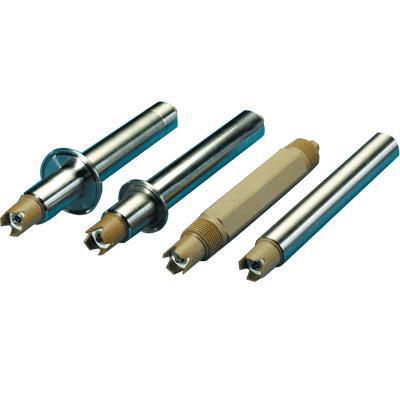BSK Engineering Systems
Product Range
Fact Sheet
- Location:Maharashtra, India
- Business Type:Manufacturer, Distributor / Wholesaler
- Main Products:PH/ORP Analyser, Dissolved Oxygen Analyser
- Reviews & Rating:
Get Verified, Sell more with
- Buyer's trust
- Faster conversions
- Better Rankings
- More
Its Free
Verify NowQ45P/R PH/ORP MONITOR
ATI's versatile Q45P/R pH/ORP system is designed for use in all industrial and municipal applications. The sensors are engineered to function normally in applications where conventional sensors quickly fail.
- FOB PriceNA
- Min Order QuantityNA
- Payment TermsNA
Other Details
Conventional pH/ORP sensors have an “open reference system,” which means the reference element and electrolyte are in contact with the process. This allows chemicals to diffuse into the reference chamber and alter the reference system. As the reference junction becomes contaminated, the reference potential shifts. As chemicals attack the silver reference wire, the reference potential shifts and the sensor no longer functions. When any of these problems occur, cleaning and calibration cycles increase and the sensors fail much faster, all of which costs you time and money.
Images
